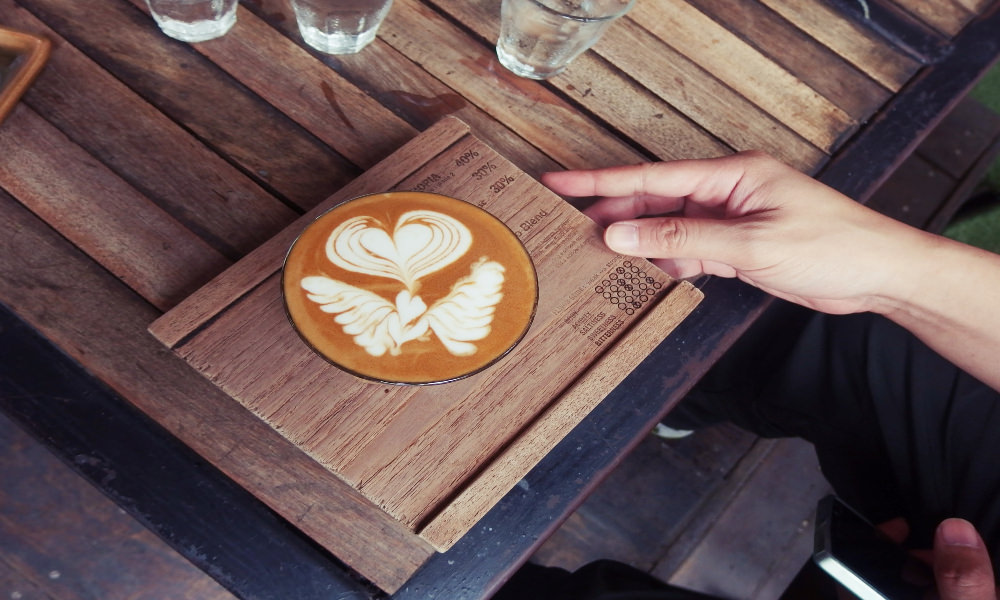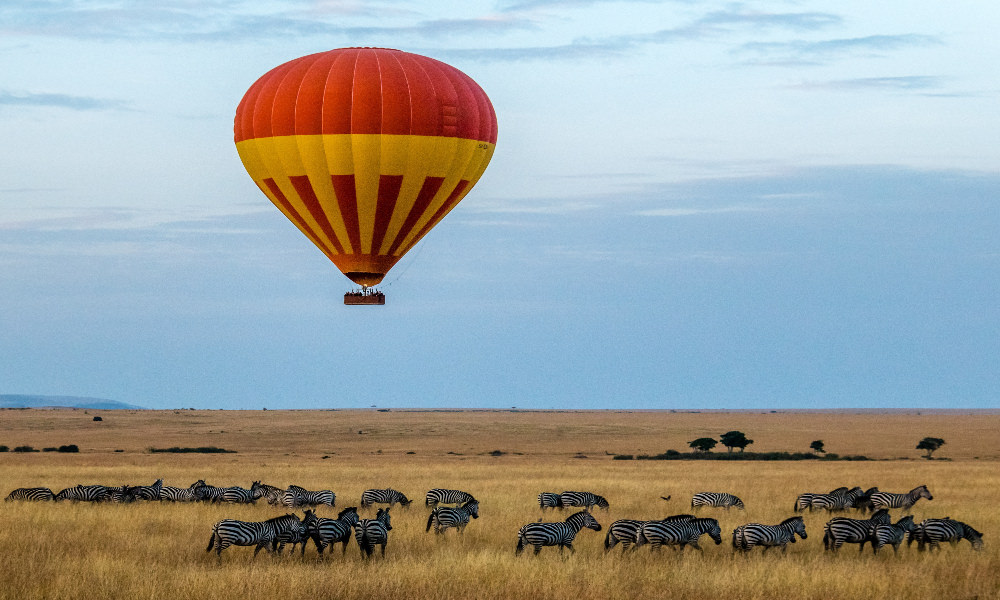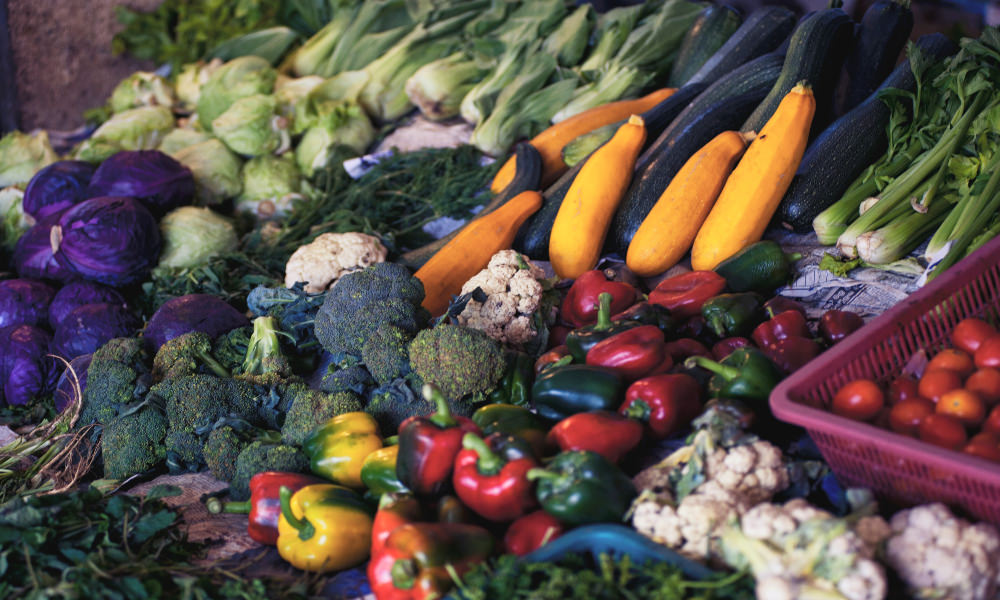The theory of the ‘Experience Economy’ gives us a powerful way of understanding how people get what they want in any ‘marketplace’. It matters because structuring your business around the idea will change the way you look at what you are doing, and how your clients experience it. If it sounds exciting, it is. Here’s an introduction to the experience economy.

The birth of a new idea – Introducing the experience economy
The ideas behind the experience economy were first described by two American Academics, Joseph Pine & James Gilmore. Pine and Gilmore’s article, published in 1998 in the Harvard Business Review (‘Welcome to the experience economy’), is the key forerunner in this area of research, framing how businesses need to work in today’s world.
Reflecting on the emergence of new businesses like Starbucks, Pine and Gilmore began to articulate a fresh new business model that some companies followed intuitively, and others began to follow once it was pointed out to them. The idea is that by the end of the 20th Century the world was changing fast. Gilmore and Pine noticed a new trend, as a new type of economy, namely the experience economy, replaced the traditional agrarian, industrial and service economies.
For Pine and Gilmore, experiences are both personal and unique, based on an individual’s interpretation of events. Experiences reflect a person’s emotional response to stimuli during service delivery, and they’re dependent on the many contextual factors that challenge organisations in controlling and managing the customer experience and customer emotions.
Gilmore and Pine’s point is that if you want to charge more for your goods or services you need to work your way up the value-chain from mere commodities, through goods to services, and then beyond services to experiences.

It’s the exact type of journey Starbucks took us on. They cleverly transformed something we all took for granted – a simple cup of coffee – into a whole new realm, a realm consumers experience on multiple levels. Structuring your own business around this idea will dramatically change how you view what you are doing. As you move up the value chain the focus of what you do changes:
| In an agrarian economy we |
In an industrial economy we |
In the service economy we |
In the experience economy we |
|---|---|---|---|
| Extract commodities | Make goods | Deliver Service | Stage experiences |
For Gilmore and Pine there are four dominant consumer sensibilities:
- Availability: Purchasing on the basis of a reliable supply
- Cost: Purchasing on the basis of an affordable price
- Quality: Purchasing on the basis of excellent product performance
- Authenticity: Purchasing on the basis of the good or service delivering an aspirational self-image
Nowadays, people are not simply content with what is available, affordable, and excellent. They want more. In a world where availability, affordability and excellence are a given, we now make choices around whether an offer matches our aspirational sense of who we are. The things we buy must reflect who we are, and who we aspire to be in the world. And in this social media-led world we have to make instant judgements about what’s real and what’s fake. Interestingly, many of us actively disparage the things we perceive to be fake.
How the experience economy supports value based consumerism
No wonder, in the marketing world, Value Based Consumerism is becoming such a big deal. As consumers, increasing numbers of us want the values of the brands we buy to be roughly aligned with our own. If, for instance, you object to palm oil’s dire effects on rainforests around the world, you will be happy to spend valuable time reading food labels to identify the products to avoid. Can you see how value based consumerism taps neatly into the idea of an experience economy, and via that to your bottom line?
How we ‘experience’ experiences

Experiences are created and experienced through the senses. For Pine and Gilmore the more senses an experience engages with, the more effective and memorable it will be. When companies stage meaningful events designed to engage customers in a memorable and personal way, consumers tend to react positively. In fact we all tend to relate to experiences in at least two ways:
- Via a high level of absorption or immersion
- Via active or passive participation
It’s difficult to overstate the importance of entertainment, education, aesthetics and escapism in the theory of the experience economy. They broadly define, for consumers, four different kinds of experience.
The latest thinking on the experience economy
Pine and Gilmore have subsequently developed their thinking further in their recent book Authenticity: What consumers really want. As they say, “People increasingly see the world in terms of real or fake, and want to buy the real from the genuine, not the fake from some phoney. Authenticity is becoming, in other words, the new consumer sensibility.”

All this means businesses need to master the authenticity paradox, which says:
- If you are authentic, you don’t have to say you’re authentic
- If you say you’re authentic, then you’d better be authentic
- It’s easier to be authentic if you don’t say you’re authentic
As Gilmore and Pine say:
‘Two key dimensions compose the essence of what it means to be authentic. The first is readily apparent: being true to one’s own self. This dimension focuses on one‟s perception of self, involving such self-directed traits as being earnest and consistent and a follower of one’s own path in the world.
There is a second dimension, however, that is just as important: being what you say you are to others. The focus here lies on one’s behaviour toward others, involving such other-focused qualities as being trustworthy and honest and concernedly caring for others in the world.’
If you want to differentiate your coaching offer it’s worth making your coaching more of an authentic experience, and that means being true to yourself, genuinely bringing what you say you are to others.
How to create an event that’ll set the stage for a real transformation
The proof of the pudding is in the listening and watching! You can see Joseph Pine’s excellent TED talk here:
If you’d like to talk to us about getting where you want to be, we’ll be pleased to support you in transforming your coaching business into one that delivers the exact right kind of consumer experience.
About us
We are a team of highly experienced executive coaches, focused on developing leaders working in high-stakes environments across diverse sectors. We create space for leaders to step back, think clearly, and navigate complexity with confidence and renewed purpose. Our narrative-based approach blends deep listening, incisive questioning and rigorous thinking with a strong commercial focus.
“Our Knowledge Centre is designed to resource leadership practice and development. The articles we share on this site are intended to spark fresh thinking, offer practical tools, and support continuous professional growth.”
Jude Elliman
Founder
Our approach
We work with leaders to build their leadership brand and impact. Our approach includes:
✔ Challenge and support: creating time and space for rigorous thinking and problem-solving
✔ Narrative coaching: defining and refining the stories that shape leaders and organisations
✔ Commercial focus: cutting through complexity for strategies that inspire change and drive results
We help leaders make crucial decisions, align teams for greater effectiveness, and envision new possibilities for the future.
